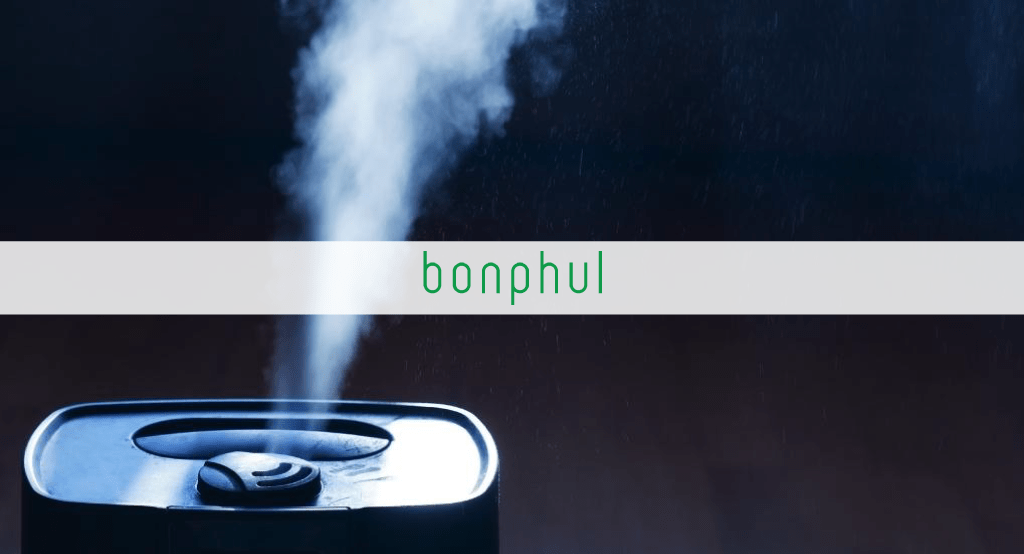
Humidifier and Dehumidifier
Humidifier and dehumidifier are solutions that help to keep the balance of moisture indoors. The relative humidity of a particular place is the deciding factor whether a humidifier for dehumidifier is required. A healthy relative humidity level is 35 to 50%. Based on the humidity levels of a room, dehumidifiers and humidifiers help obtain these levels. If a building’s humidity level drops below 35% it requires a humidifier and if it goes beyond 50%, a dehumidifier can restore the balance.
Table 1: Comparison chart of Dehumidifier and Humidifier
| Dehumidifier | Humidifier | |
| Purpose | To reduce the moisture content in the surrounding area | To increase the moisture content in the surrounding area |
| Usage | During warm/humid climate in either a single room or the entire house | During winter or when the air is cold and dry in either a single room or the entire house |
| Application | Recommended to alleviate allergy by eliminating mould, dust mites and mildew from the air | Suitable to moisten dry skin and nasal passages that dry up due to the common cold. Humidifier works best in children’s room |
| Humidity levels | Used where humidity is greater than 50% | Used where humidity is less than 35% |
| Types | Mechanical /Refrigerative, Adsorption/desiccant, Electronic, Ionic membrane, Makeshift | Warm mist and cool mist |
Types of Humidifiers
- Steam humidifier: This common type simply boils water, releasing steam into the room. Substances such as medical inhalants can be added to the water, along with aromatic or antibacterial compounds.
- Wick/Evaporative humidifier: This type uses a wick, usually a type of cloth, that absorbs water from a storage container. A fan then blows over the surface area of the wick, evaporating the water. If the water is cold, it can also serve to lower ambient temperature more quickly, essentially a makeshift air conditioner.
- Impeller humidifier: Large area misters are most often of this type, creating a fine foggy mist by using a rotating disc to throw water onto a diffuser. The diffusing element smashes the water into tiny droplets and sprays them into the air.
- Ultrasound humidifier: These humidifiers use a diaphragm, membranous or solid, vibrating at the ultrasonic range, to break down water into tiny droplets. A fan then blows the mist out like a fog. The ultrasonic vibrations are outside the range of human hearing, so this type of humidifier is essentially quiet.
Types of Dehumidifier
- Refrigerative: The most common type of dehumidifier, refrigerative or mechanical dehumidifiers work by using a small fan to pull moist air over a refrigerated coil. Condensation collects on the coil and drips into a collecting space. These dehumidifiers work best when the air temperature is above 65 degrees Fahrenheit (about 19 degrees Celsius) and relative humidity is above 45%.
- Absorption/Desiccant: Absorption materials absorb moisture easily from the air. In this type of dehumidifier, the absorber is rotated through the area, usually on a belt, with one end of the system heated to draw the moisture out of the material. These dehumidifiers work well in areas with high humidity and low temperatures. This type can reduce humidity levels well under 35%, making them useful for industrial processes.
- Electronic: This type of dehumidifier uses a Peltier heat pump to create a cool surface where condensation can extract water vapour from the air. Although this type is quiet (it lacks moving parts), it also has a low-efficiency rating. The electronic type is best for small appliances and restricted areas (under 300 cubic feet).
- Ionic membrane: At a molecular level, water molecules can be removed from the environment, whether liquid or gas. Specialized ionic membranes can help “pump” water molecules out of (dehumidifying) or into (humidifying) a sealed environment, although no water might be visibly produced. This type of dehumidifier is used for chemical engineering, fuel cells and water filtering.





